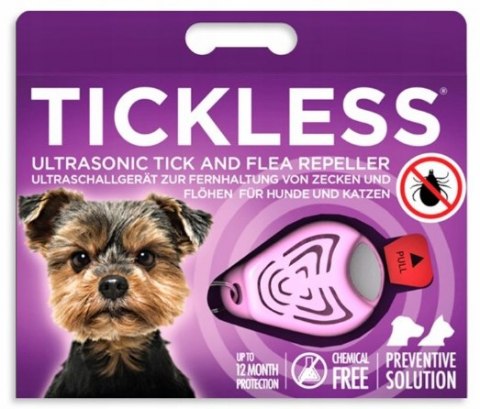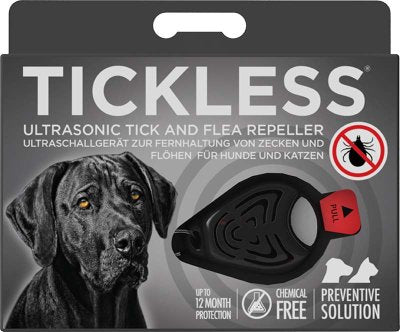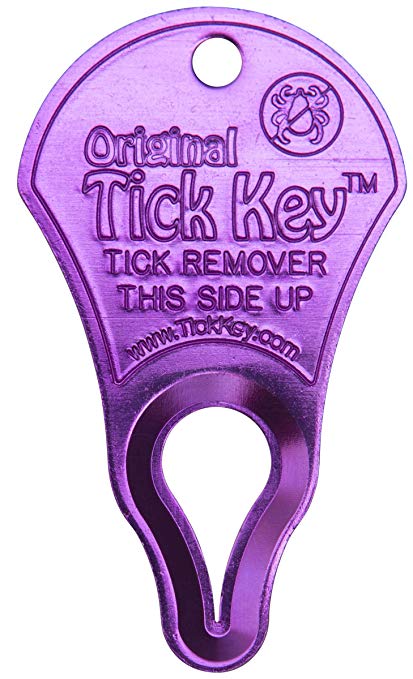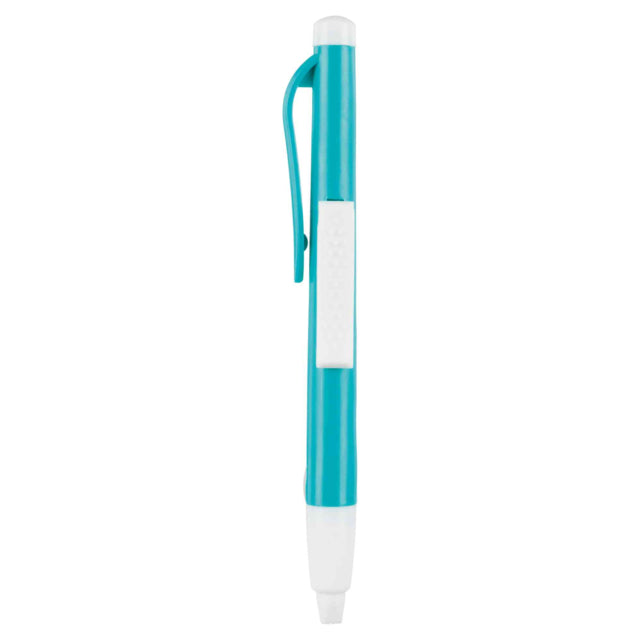Prevention of ticks and tick-borne diseases
The tick (Ixodes ricinus) is an arachnid found in almost all of Sweden. It has three developmental stages: larva, nymph, and adult. Ticks are three-host parasites, meaning they need to feed on blood between their developmental stages to transform from larva to nymph and from nymph to adult.
Tick larvae and nymphs feed on birds, rodents, and humans. The ticks that most commonly attach to pets are adult females, which need a blood meal to produce eggs. In addition to females, males can also be seen moving in the pet’s fur, attracted by the females.
In Sweden's climate, the tick’s life cycle lasts three to four years. They become active early in the spring when temperatures reach just a few degrees above freezing. Ticks thrive in humid environments with protective vegetation. They use plants to wait for passing host animals, which they latch onto before making their way to the skin to feed on blood.
When a tick bites
Tick bites on pets can cause skin reactions, such as redness and a small swelling at the bite site. For humans, the most serious tick-borne diseases are Lyme disease (Borrelia burgdorferi), anaplasmosis (Anaplasma phagocytophilum), and tick-borne encephalitis (TBE).
Ticks can reach humans via pets, making them a potential health risk. Preventing tick-borne diseases is particularly important for pet owners, as dogs, for example, have a lower risk of contracting Lyme disease than humans.
Ticks attached to pets should always be removed immediately, as tick-borne diseases can also infect animals.
Protect your pet throughout tick season
We recommend protecting your pet with continuous treatment throughout the tick season. There are medications available for dogs, cats, and ferrets.
How to choose the right tick protection
The choice of tick treatment depends on several factors:
-
The pet’s species, age, weight, and the presence of other pets in the household
-
Whether there are small children in the family
-
Whether the pet sleeps in the same bed as family members
-
Whether the pet is frequently exposed to water (bathing, swimming, washing)
Tick treatments work either by killing ticks or by both repelling and killing them. The effect starts within a few days of administration and lasts between three weeks and eight months, depending on the product.
Comparison of tick treatments
Spot-on solution
-
Can have either a killing effect or both killing and repelling effects, depending on the product
-
Some solutions for dogs are highly toxic to cats
-
Pets should not be handled or sleep in the owner's bed on the day of application
-
Pets should not be bathed or allowed to swim within 48 hours of application
-
Frequent washing or swimming may reduce the product’s effectiveness
-
Duration: 3–4 weeks
Collar
-
Can have either a repelling effect or both repelling and killing effects
-
Not recommended if there are small children in the household
-
Pets wearing a collar should not sleep in the owner's bed
-
Frequent washing or swimming may reduce effectiveness
-
Duration: 5–8 months
Chewable tablet
-
Only has a killing effect: ticks must attach and feed on blood to be affected
-
No repelling effect
-
Duration: 4–12 weeks
Environmental impact of tick treatments
It is important to consider the environmental impact of tick treatments to minimize harmful pharmaceutical residues in nature:
-
Residual medication in dog fur can transfer to bird nests and negatively affect chicks.
-
Spot-on solutions and collars may release chemicals into water if treated pets swim frequently.
-
Some active ingredients in chewable tablets are excreted in feces, so pet waste should always be picked up.
-
Used collars and product packaging should be disposed of according to the instructions on the package insert.
Remember daily tick checks
All pets that go outdoors—regardless of whether they have received tick treatment—should be checked daily for ticks. Any ticks found should be removed immediately.
To remove a tick, grasp it as close to the skin as possible and slowly pull it out with a twisting motion. You can use your fingers or special tools such as tick tweezers, forceps, or a tick lasso. If part of the tick remains in the skin, the body usually expels it through an inflammatory reaction.
If you have any questions about which tick treatment is best for your pet, please contact your veterinarian. Also, keep in mind that some products require a prescription.








